
The History and Craftsmanship of Cashmere Scarves: A Fascinating Story.
Cashmere scarves have long been associated with luxury, warmth, and timeless elegance. The soft, plush texture of cashmere is a true delight to the senses and is highly coveted by fashion enthusiasts and connoisseurs alike. But how did cashmere scarves come to be such a sought-after accessory, and what makes them so special? Let's explore the history and craftsmanship of cashmere scarves and uncover the fascinating story behind this iconic accessory.
The history of cashmere dates back to the 13th century when the fine, soft wool was first produced in the Kashmir region of India. The production of cashmere wool quickly spread to neighboring countries such as Nepal, Tibet, and Afghanistan, where the harsh climate and rugged terrain were ideal for rearing the cashmere goat. The wool produced by these goats was known for its exceptional softness, warmth, and durability, making it highly prized among the wealthy and elite.



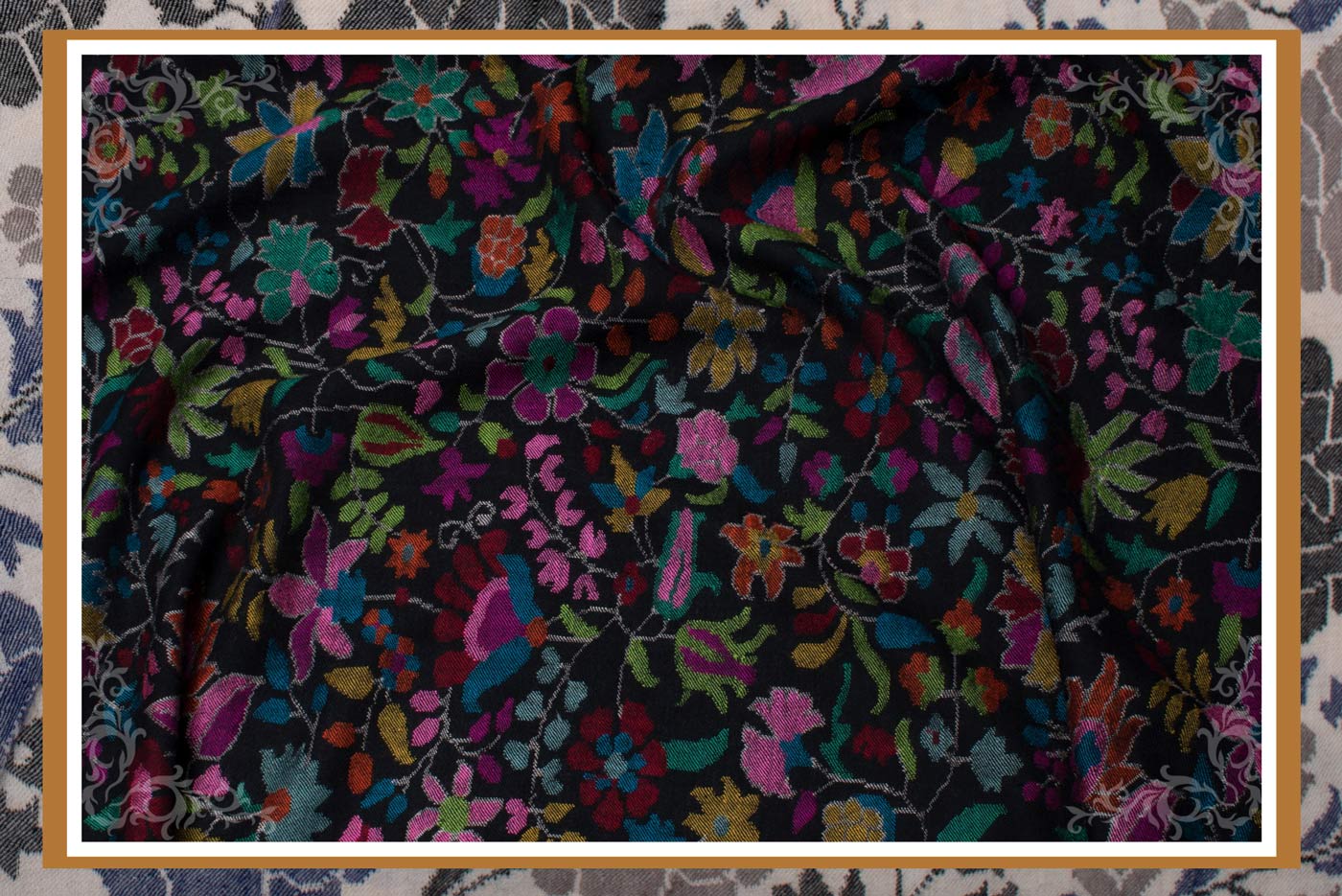

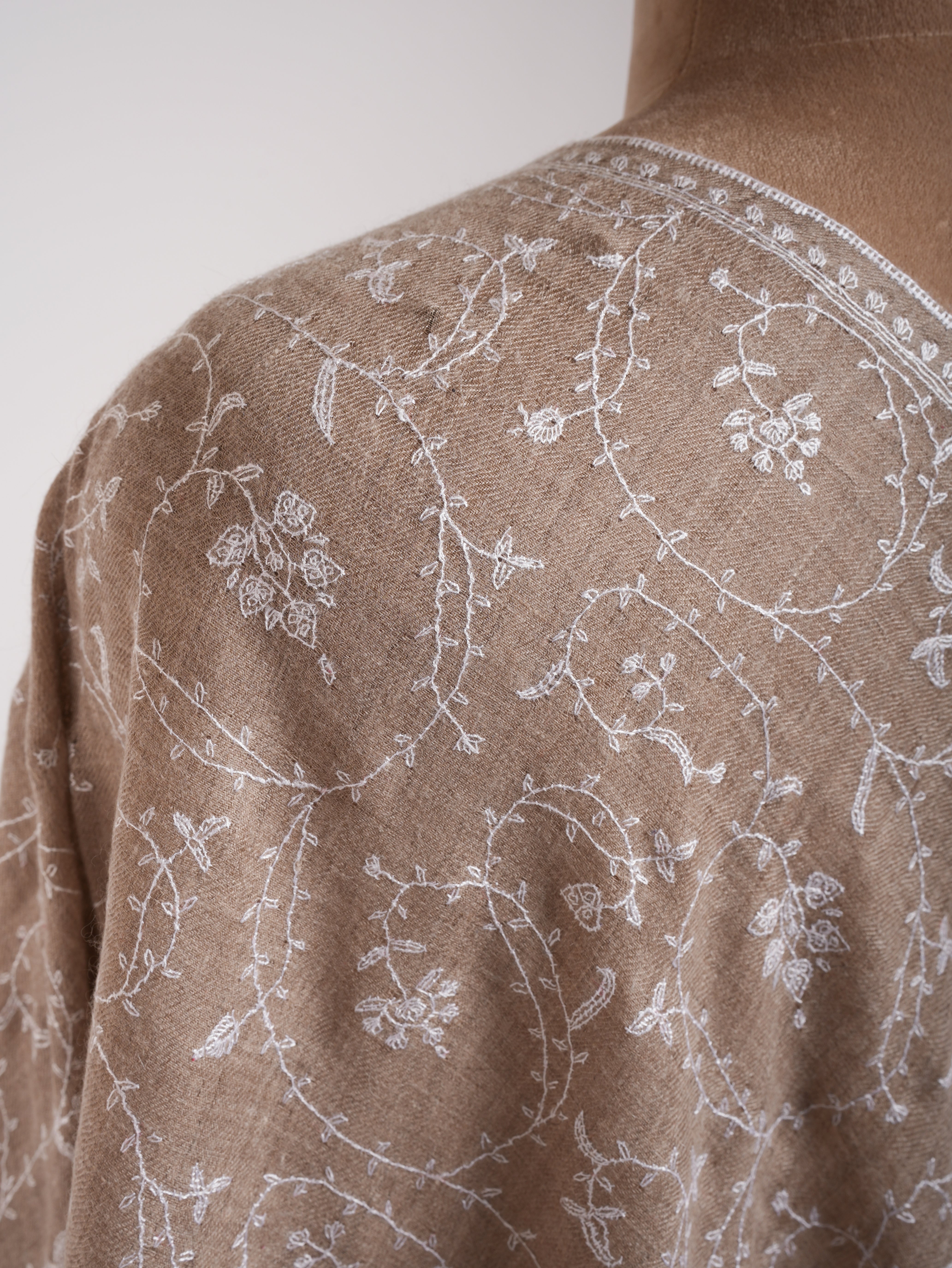

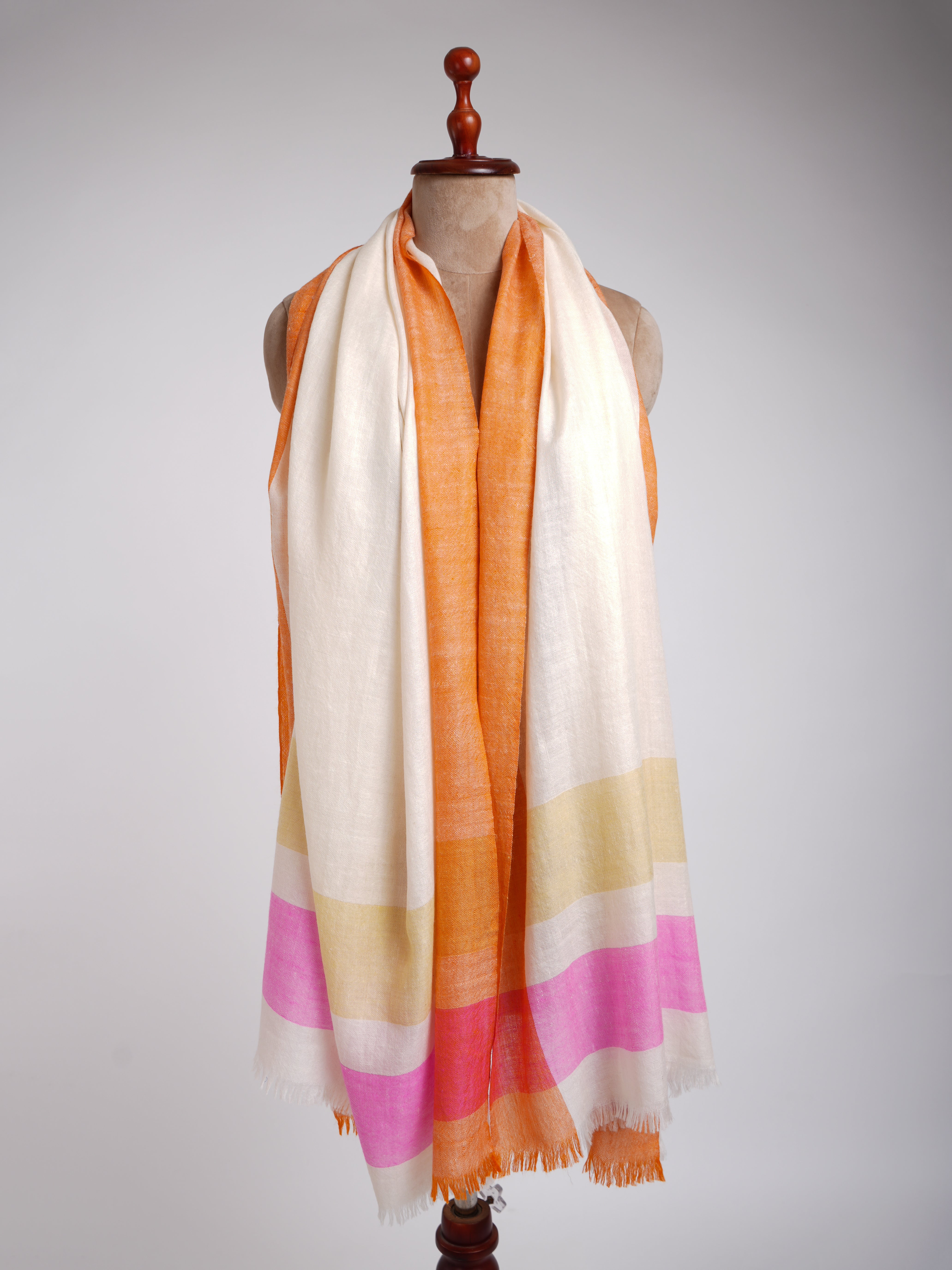
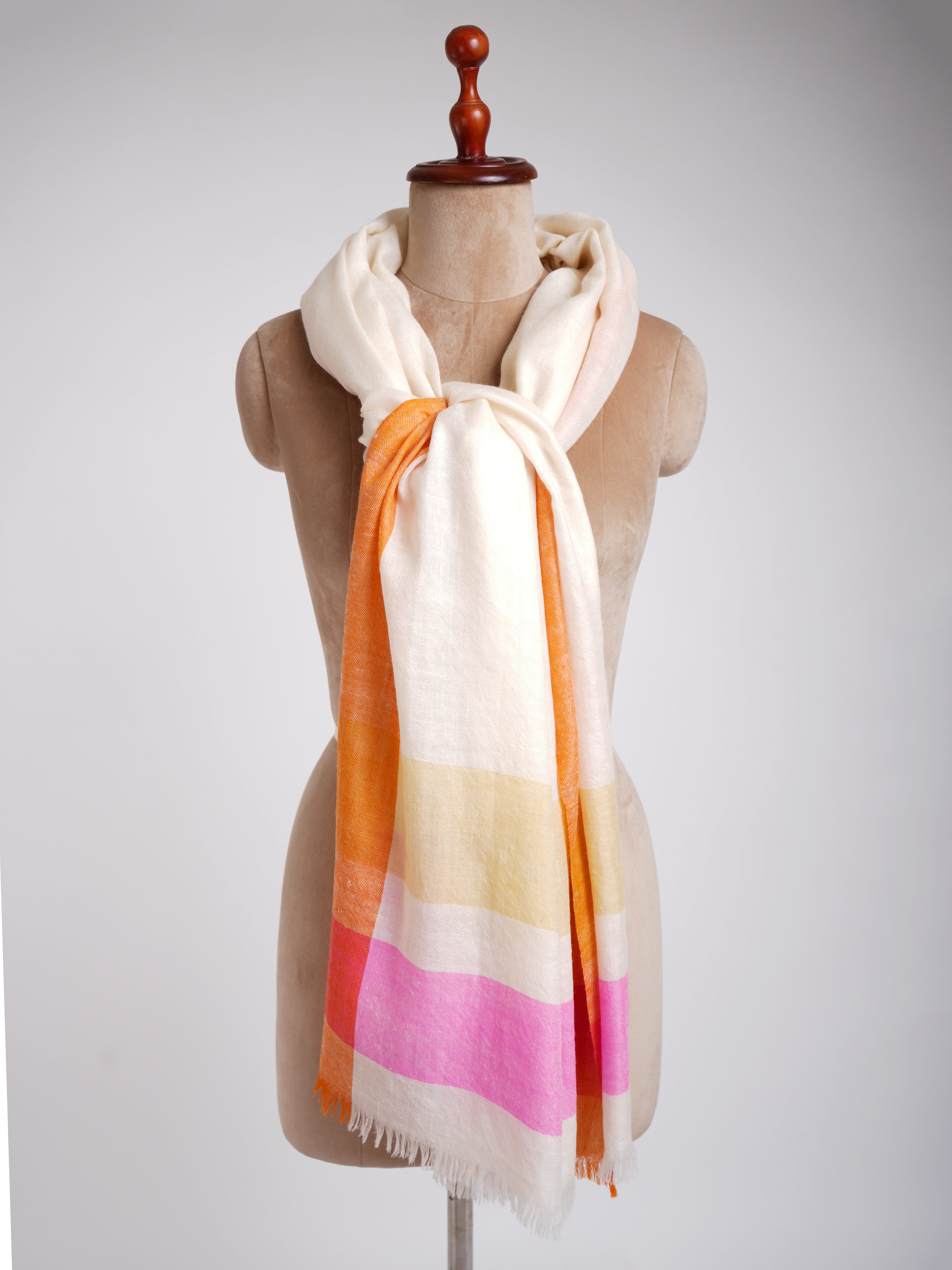
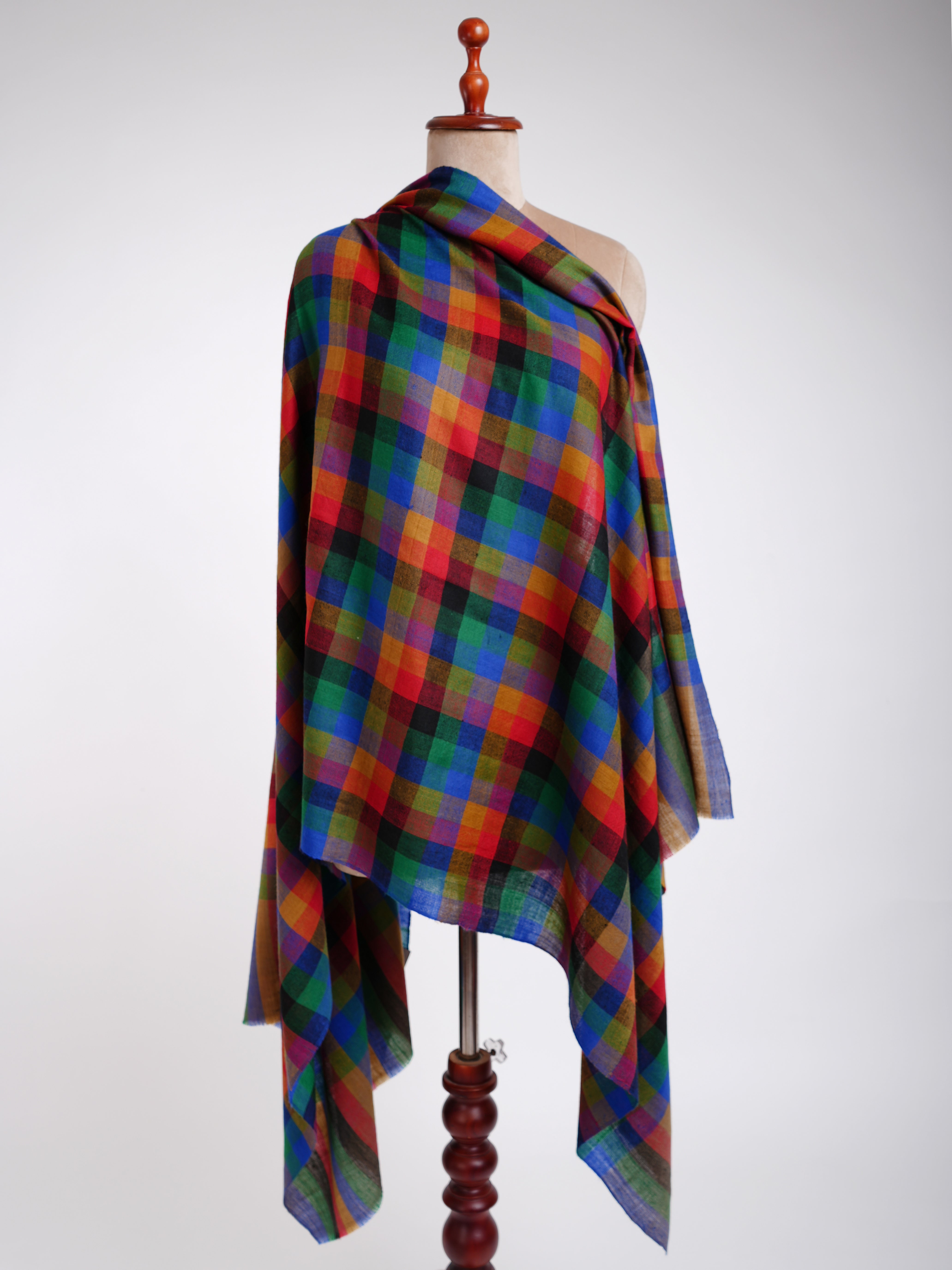
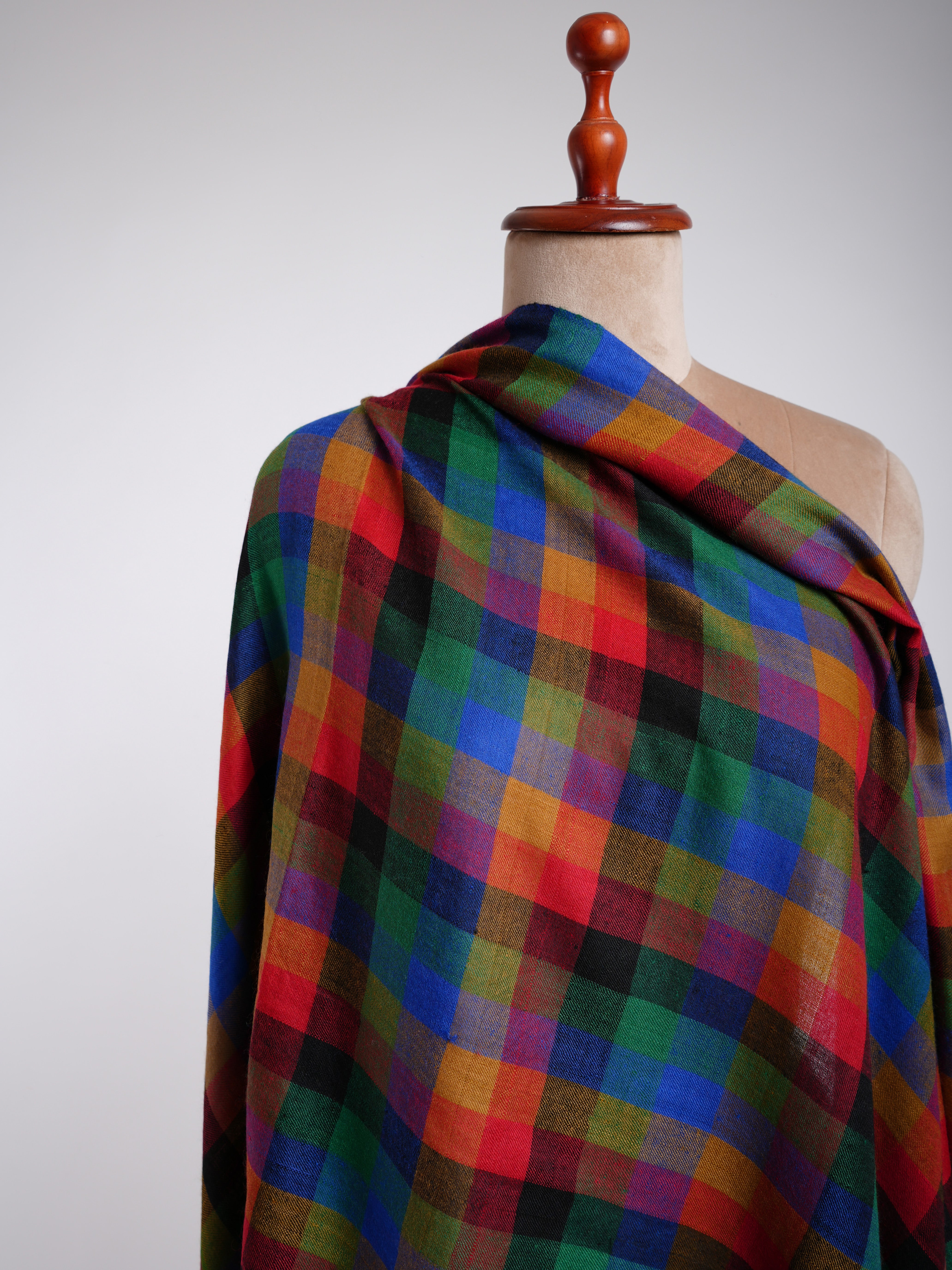



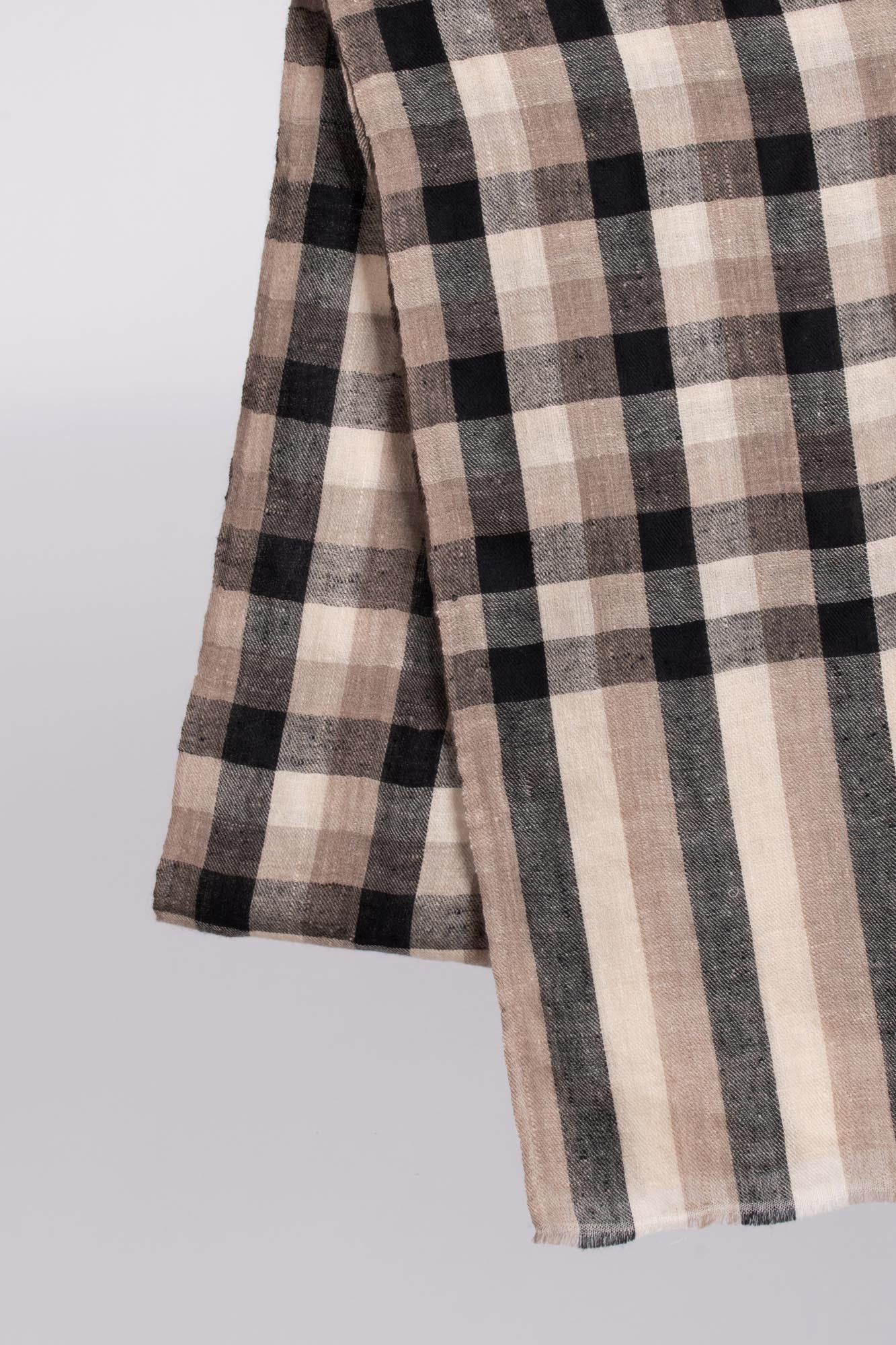
Leave a comment
This site is protected by hCaptcha and the hCaptcha Privacy Policy and Terms of Service apply.